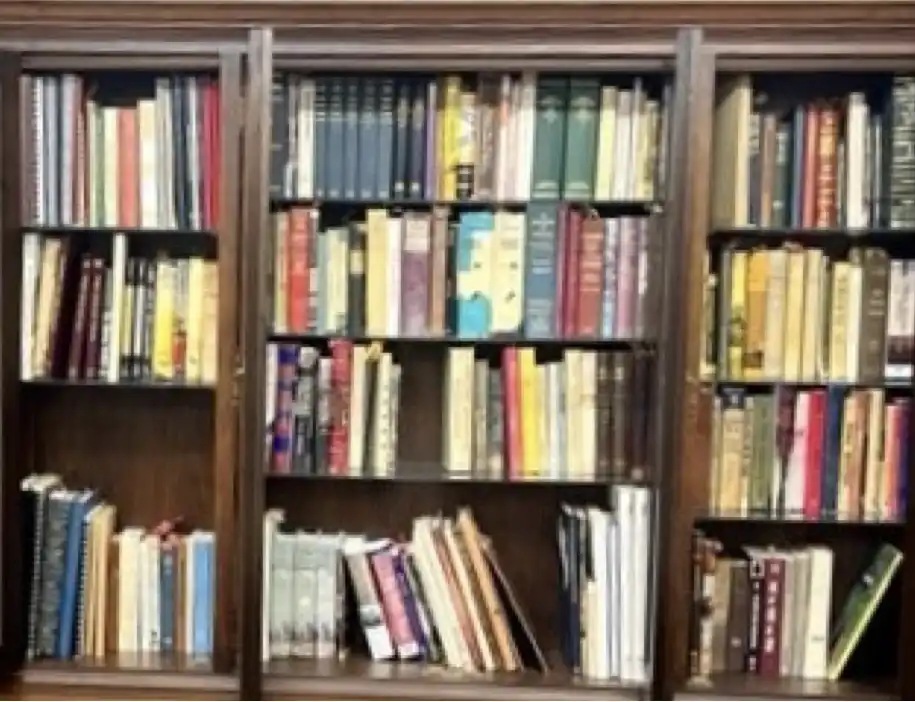
This is just a sample of over 275 books (rare — mostly about Young, Jack, Palo Pinto and Parker Counties), as well as boxes of research that have been donated to our museum for use in a future archive or history library. Future generations will be able to come here and research our county, their family histories, or just tales of the wild west!
Herbert Lee, or “Herbie” as we know him, has a passion for metal detecting and his talent has provided several displays for the museum.
Among his findings are bullets, buckle and nails from Flag Springs — to an antique clutch purse, an advertising tintype from the early 1900 to 1930’s used in newspaper ads, and more. Come see us to enjoy his exhibits!

Well … OK. Maybe not Hollywood, but we were represented for the first time at the Regional Alliance of Museums exhibit at the Museum of North Texas History! The exhibit, entitled “Real to Reel” demonstrated the impact local museums have had on Hollywood, (or for the less fortunate counties with not nearly as much history as us, but I digress! Lol) the effect Hollywood has had on them.
Our exhibit, “The Searchers” allowed us to illustrate how John Ford used Alan Lemay’s book The Searchers and turned it into a movie considered the “12th most iconic American film ever created”, according to the American Film Institute. It highlights the story of Britt Johnson, a story LeMay stated was researched prior to writing the novel.
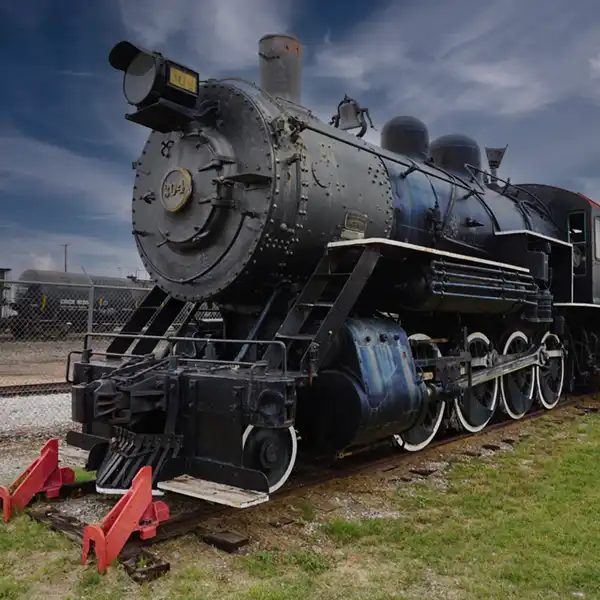
Most of you have heard that the Wichita Falls Railroad Museum closed down several years ago due to vandalism and lack of funding. The City of Wichita Falls is trying to decide what to do with the locomotives and cars.
The Wichita Falls and Southern Railroad came to Young County to pick up coal and carry passengers and freight to Ranger.
I posed the question in a Facebook Post as to whether we should try to acquire the Steam Locomotive on display. The post was viewed by over 10,000 people and a lot of positive comments were left.
So, what do you think?
Should we pursue trying to obtain any of these displays?
We have a building, now we are looking for contractors! Shannon and First Baptist Church closed the purchase of the property located at 609 Fourth near the end of August. She hired a crew who tore down the suspended ceiling and the old interior wall and you wouldn’t believe what we found! Underneath the suspended ceiling was this wood ceiling and two feet above it was another wooden ceiling which was the underside of the roof. Some of the boards need to be replaced but remarkably the wood is in great shape!
We are looking for roofers, carpenters, HVAC installers, and plumbers to begin readying the building for occupancy. If you know of someone that does good work, let us know. We need to obtain estimates and then we will be ready to begin fundraising.
Shannon has employed the services of Alicia Quintans, AIA / JQAQ Atelier, to begin an architectural rendering of the 609 Fourth Street building as it is now and propose some new designs for the interior and exterior.
Mrs. Quintans is a professional Architect living in the Dallas/Fort Worth metroplex. She specializes in renovating and redesigning old structures.
Alicia has a vested interest in helping us. Her maiden name was Alicia Chandler, and she grew up in Graham! God keeps putting people in our path as we move forward on this project!
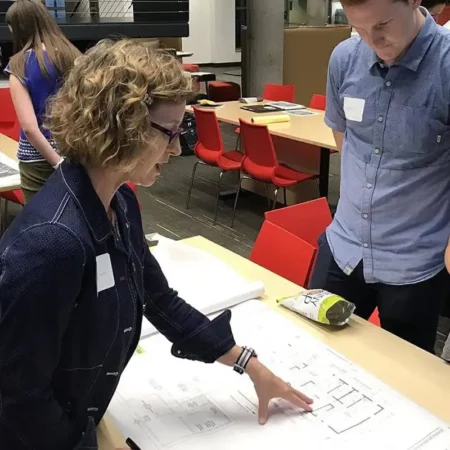
Our Facebook page is reaching about 11,700 views per month on some of the stories we have published. We have over 1,100 followers with an average post engagement of 2840+ each month. On Instagram, we have one post and one follower — but who’s counting? Don’t forget to watch our YouTube feed for lots of video clips, too.

We aren’t Spiderman, but we are Web-slingers! In June, we contracted with StudioSR to upgrade our website, and we think it looks magnificent. If you have not checked it out, go exploring now! We have received hits (feedback and questions) from people who don’t live here — wanting to know what we have or where to go to research their family history. In addition, we have found a new friend of the museum, Sylvia Caldwell Rankin, a seventh generation Texan current exiled to the less-blessed state of Georgia. Sylvia has roots in Young County dating back to days of early settlement. She is responsible for the new look on our website and gave us some great tips on logos and branding (the marketing kind, not on a cow’s rump).

Chartered in January 2021, we have reached the point where it’s time to elect new officers as we prepare for this next phase of our museum. We are growing, and we need talented, intelligent, dynamic people to make our dreams of a museum a reality! We need to select a date around the 3rd week of October for a meeting at which we will elect new officers. What is the best way to get elected? Well, just forget to come to the meeting!
Plan on meeting October 24th, 2022 at 5:30 PM at the museum (401 Echo). If this conflicts with your schedule, let me know asap! (I will need to get your name on your Campaign for President posters!)
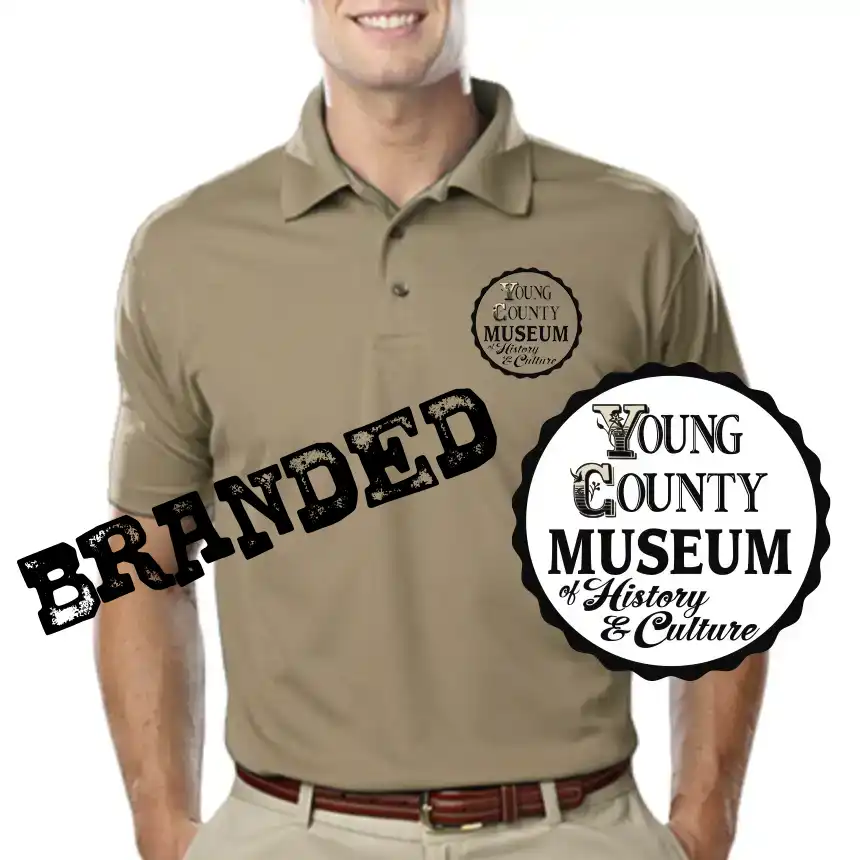
We are going to order polo shirts created for wearing while working in the Museum! Can we interest you in purchasing one for your self? We need to get an idea of how many folks would like to have a polo shirt or possible a teeshirt imprinted with one of the Museum’s logos. You can email to let us know your preference. We will order either khaki with the dark logo (as shown) or possibly chocolate brown with a light version of the logo.
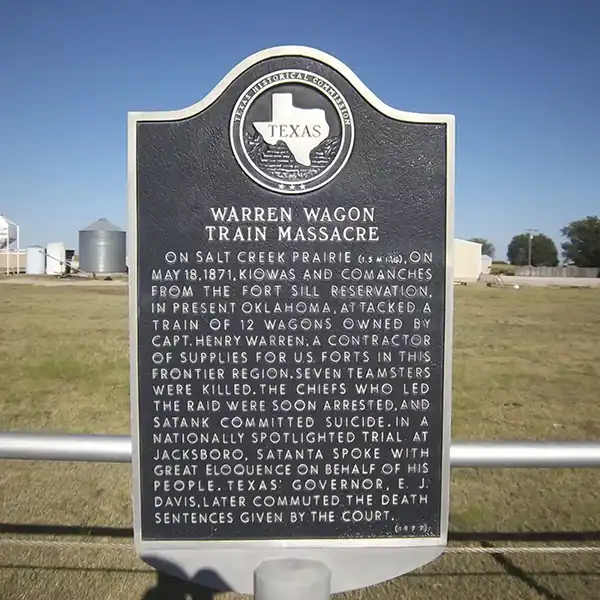
On May 18, 1871, Kiowa and Comanche warriors from the Fort Sill Reservation attacked a train of 12 wagons owned by Captain Henry Warren.
Captain Henry Warren was a civilian contractor for the government, supplying U.S. Forts along the northwest frontier of Texas with supplies, flour, corn, and other commodities.
With the end of the Civil War, reconstruction had begun, but Fort Belknap and other military forts had not been reactivated by the US government, and the frontier had been overrun by Comanche and Kiowa, who were attempting to reclaim the area.
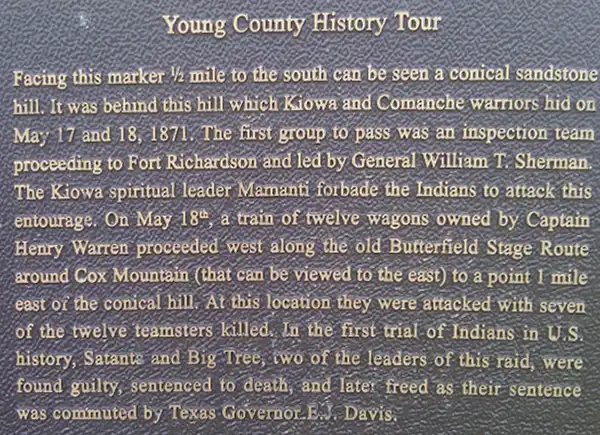
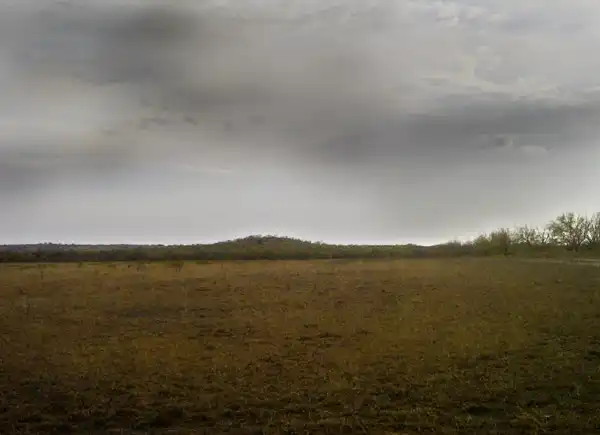
The Governor of Texas and many settlers had written letters and begged for assistance and relief, but the reports were not believed in Washington D.C. The Quaker peace movement was in power and President Grant and many others believed the reports of Indian depredations to be greatly exaggerated.
President Grant sent General William Tecumseh Sherman and Captain Randolph Marcy to investigate the reports. Sherman did not put much credence in the reports and demonstrated this belief by refusing a large escort through the area of attacks. Sherman and Marcy were accompanied by only a small detachment of approximately 15 soldiers from the 10th Cavalry.
Unknown to Sherman, the party of 150 to 200 Kiowa and Comanche led by Satanta, Satank, and Big Tree, three major chiefs of the Kiowa nation had watched the approach of his party and wanted to intercept it but had been told by their owl Prophet Mah-Man-Teh that if they waited, they would reap a greater reward soon.
Unaware that he was under observation, Sherman and his party encountered the Warren Wagon Train and spoke with them briefly on the trail before he continued east to Fort Richardson. The next morning survivors of the attack on the wagon train stumbled into camp and reported that less than an hour after Sherman had met with them on the trail, they were attacked and seven of the twelve teamsters were killed.
The attack made national headlines and Sherman realized how close he had come to being a casualty. He would locate the attackers at Fort Sill, who had returned and bragged about the raid. Satanta, Satank, and Big Tree were arrested and Satanta and Big Tree would survive to be the first Native American Chiefs to ever be tried for murder in a civilian court.
The United States policy would change from this point on, and Grant would have four different army units move into Indian territory to force the Indians onto reservations.
One unit commanded by Ranald Mackenzie would eventually force Quanah Parker to the reservation, and another unit, commanded by George Armstrong Custer would meet their fate in the Black Hills.
The events of May 18, 1871 in Young County would eventually contribute to some of the most prolific events in the history of the United States.
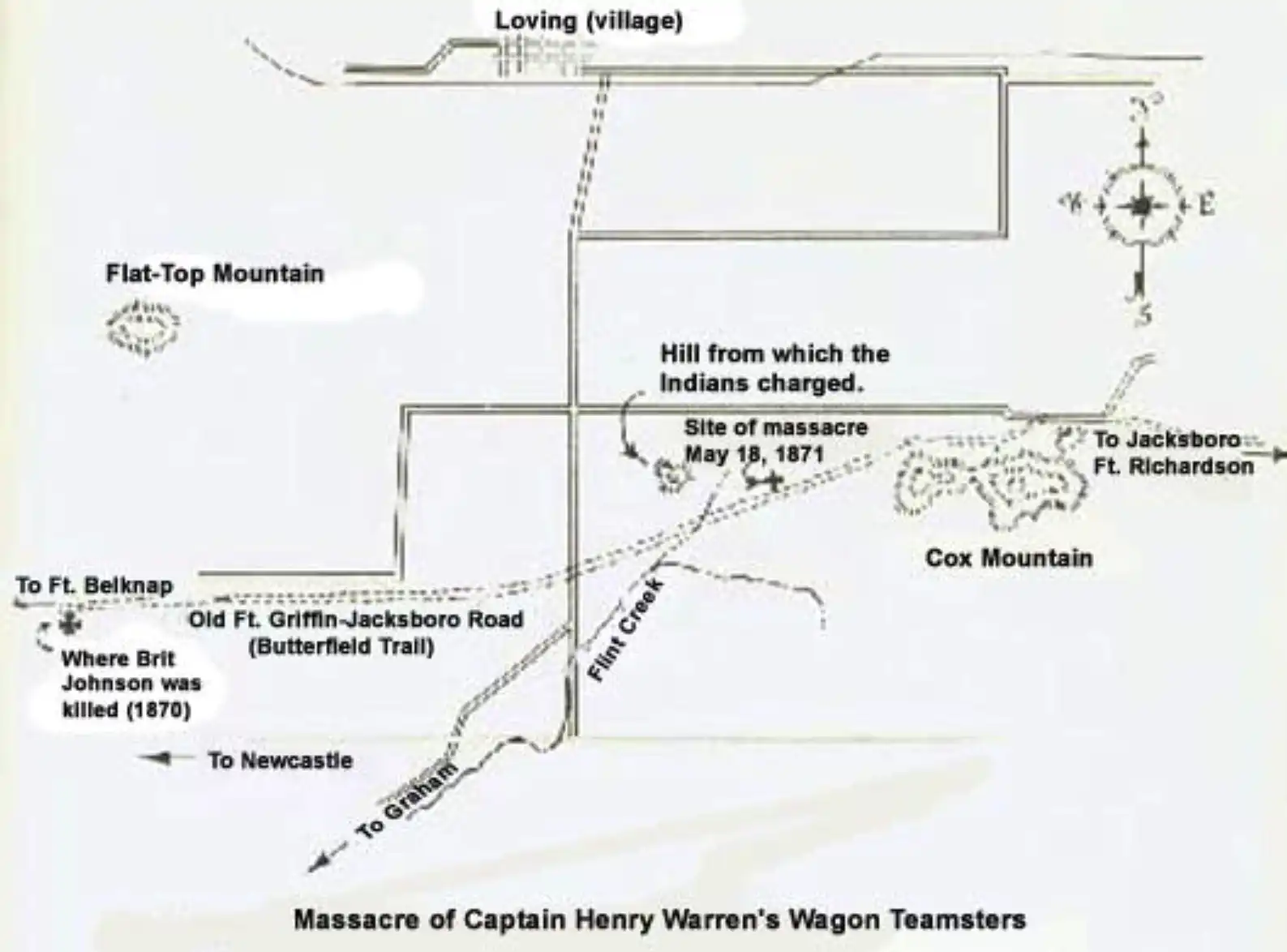
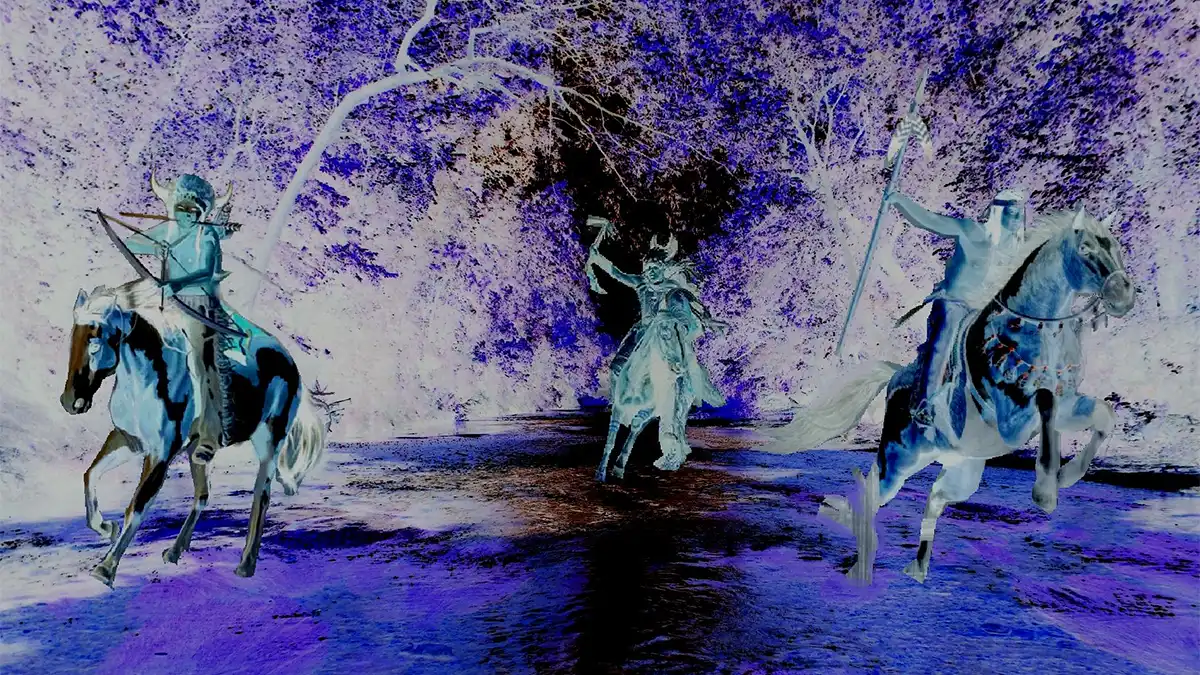
It is said that where violent deaths occur, the spirits of those whose lives were taken sometimes linger.
The Elm Creek Raid was born in a vision to Kiowa Chief Little Buffalo several weeks prior to the attack. The chief had seen a vision of great riches and slaughter from a raid into Texas, and after retelling his vision to numerous clans he had quickly convinced a large group of Kiowa and Comanche to join him and they began the trip south into Texas.
On October 13, 1864, this combined war band ranging in size somewhere between 600 to as many as 1100 warriors descended upon the frontier settlements situated just west of Newcastle and about 8 miles northwest of Fort Belknap. It was very good timing on the part of the war parties. Most of the male settlers were gone from the Elm Creek area, having been recruited to help with a round up and drive of cattle.
In the opening minutes of the battle the raiders came across Perry and Peter Harmonson who lived east of Elm Creek. As the Harmonsons were engaged by the attackers with rifles and bows, Peter and Perry retreated to an area of heavy brush in one of the many ravines in our area. Returning fire at the approaching Indians, several sources claim that an Indian chief, perhaps even Little Buffalo, the author of the attack, was shot dead.
Henry Wooten observed the attackers and fled towards Fort Belknap. Anyone familiar with North Texas and its plants knows how thick the briars grow in this area and are not surprised by the fact that when Wootens fled through the briars to escape, the briars were so thick that they shredded his clothing and he was naked by the time he made it to the fort.
To the west of the Harmonson Ranch, settler Joel Myers, a simple farmer with a few head of cattle, was surprised by attackers, killed and scalped as the raiders moves westward in two separate parties.
At the Carter Trading Post, the full ferocity of the attack was unleashed. Inside the main house, Elizabeth Carter and her family: Daughter Susanna, son Elijah, and three grandchildren. Also in the house were Mary Johnson, the wife of slave Britt Johnson, their oldest son Jim Johnson and a younger son Jube and daughter Cherry.
Susanna and one of her infant children were scalped and killed as well as Britt Johnson’s son Jim, with the others taken as captives for slavery or ransom. Elijah would die on the trail three days later.
At a fortified ranch known to the settlers as Bragg’s Fort, settlers waged a six-hour battle, with repeating waves of attacks from the Indians. Dr. Thomas Wilson, who had seen the approach of the attackers and had ridden westward ahead of the renegades warning settlers akin to a western version of Paul Revere. He and an African American boy were killed in this encounter. At times the fighting was almost hand to hand, with warrior braves trying pull down stockade pickets by hand, and settlers firing point blank into the mass of Indians. There is no count of the number of warriors who died in this attack.
A unit of 15 rangers from Colonel Bourland’s frontier Ranger regiment, under the command of a Lieutenant Carson, were surrounded and repulsed several waves of attackers as well. By the time they were able to escape, five rangers had been killed and at least twice that number of attackers. The rangers were able to save Mrs. Isaac McCoy and her niece Betty Morris. Franz Peveler, who had secured his family in another fortified ranch known as Murrah’s Fort watched the murder of Isaac McCoy and his son through a telescope.
By the time the battle was over, twelve settlers had been killed and an unknown number of Kiowa and Comanche Warriors had fallen violently to their deaths. As dusk settled over the prairie, the survivors watched as the victorious war parties withdrew with horse and cattle herds numbering in the thousands.
More than 158 years have passed since the twang of bow strings and the thunder of rifle fire have passed over this area of western Young County. If you watch the sun go down over this creek now, you will here the drone of crickets, the deep call of frogs and the wind pass through the mesquite, post oak and cottonwood.
For those who may be sensitive to things no longer wholly apart of the living … you might hear the cries of the doomed, the war cries of avenging warriors, the death screams of horses falling under their riders, or the crack of timber as it is pulled down and burned.
You might even see stealthy shapes moving among the shadows along the creek, spirit-like silhouettes of those who didn’t make it to the safety of the caves, or were shot from the saddle as they plundered. It was a place of violence, of revenge, of determination and death.
It may only be haunted by memories and not ghosts or spirits, but who knows for sure, and who might be brave enough to linger there and find out?
August 30th marks the 182nd birthday of the signing of contracts to give away land in Texas in an area that would be known as the Peters Colony.
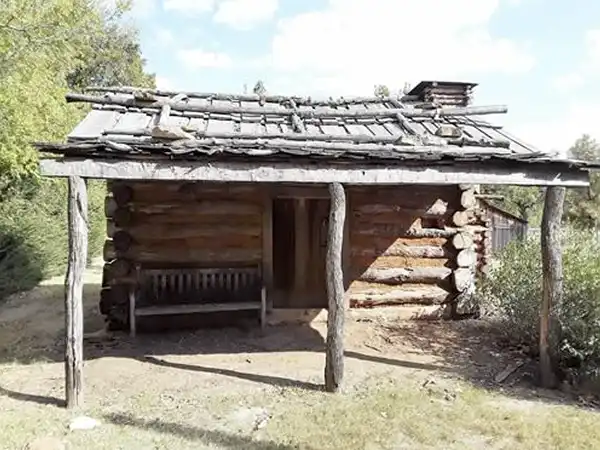
William Smalling Peters (1779-853), an English immigrant living in Kentucky, secured a contract with the Republic of Texas to attract colonists to settle in Texas.
The Republic of Texas was attempting to populate the new republic and establish a tax base to fund the fledgling government. A married man could receive up to 640 acres for immigrating to Texas, and a single man could receive 320. Peters, acting as an empresario, could keep up to one-half of a colonists grant as payment and receive an additional ten sections of land for every 100 families brought to Texas.
Peters, and later the Texas Emigration & Land Company, had difficulties fulfilling their obligations and legal battles over possession of colonists’ land eventually led to an armed confrontation, known as the Hedgcoxe War of 1852, in which the agent for the Land Company, Henry O. Hedgecoxe, was forced to flee from his office.
After nearly ten legislative actions, lawsuits, armed confrontation, and twenty years of arguing, the Peter’s Colony brought little profit to Peters and his original investors. The Graham brothers would pick up the right to act as empresarios in 1871 and would be much more successful and would bring many families to the Young County area and amass over 125,000 acres in personal holdings for their efforts.
Hello old friends, new friends, and YC Museum Board Members!
We are getting close to another board meeting and thought we should bring you up to date on what’s been happening!

This is just a sample of over 275 books (rare — mostly about Young, Jack, Palo Pinto and Parker Counties), as well as boxes of research that have been donated to our museum for use in a future archive or history library. Future generations will be able to come here and research our county, their family histories, or just tales of the wild west!
For their donations and support, we owe a huge debt of gratitude to donors like:
Houston Johnson | Mike Watson | James Shelton | Judge Ken Wise
Herbert Lee, or “Herbie” as we know him, has a passion for metal detecting and his talent has provided several displays for the museum.
Among his findings are bullets, buckle and nails from Flag Springs — to an antique clutch purse, an advertising tintype from the early 1900 to 1930’s used in newspaper ads, and more. Come see us to enjoy his exhibits!

Well … OK. Maybe not Hollywood, but we were represented for the first time at the Regional Alliance of Museums exhibit at the Museum of North Texas History! The exhibit, entitled “Real to Reel” demonstrated the impact local museums have had on Hollywood, (or for the less fortunate counties with not nearly as much history as us, but I digress! Lol) the effect Hollywood has had on them.
Our exhibit, “The Searchers” allowed us to illustrate how John Ford used Alan Lemay’s book The Searchers and turned it into a movie considered the “12th most iconic American film ever created”, according to the American Film Institute. It highlights the story of Britt Johnson, a story LeMay stated was researched prior to writing the novel.

Most of you have heard that the Wichita Falls Railroad Museum closed down several years ago due to vandalism and lack of funding. The City of Wichita Falls is trying to decide what to do with the locomotives and cars.
The Wichita Falls and Southern Railroad came to Young County to pick up coal and carry passengers and freight to Ranger.
I posed the question in a Facebook Post as to whether we should try to acquire the Steam Locomotive on display. The post was viewed by over 10,000 people and a lot of positive comments were left.
So, what do you think?
Should we pursue trying to obtain any of these displays?
We have a building, now we are looking for contractors! Shannon and First Baptist Church closed the purchase of the property located at 609 Fourth near the end of August. She hired a crew who tore down the suspended ceiling and the old interior wall and you wouldn’t believe what we found! Underneath the suspended ceiling was this wood ceiling and two feet above it was another wooden ceiling which was the underside of the roof. Some of the boards need to be replaced but remarkably the wood is in great shape!
We are looking for roofers, carpenters, HVAC installers, and plumbers to begin readying the building for occupancy. If you know of someone that does good work, let us know. We need to obtain estimates and then we will be ready to begin fundraising.
Shannon has employed the services of Alicia Quintans, AIA / JQAQ Atelier, to begin an architectural rendering of the 609 Fourth Street building as it is now and propose some new designs for the interior and exterior.
Mrs. Quintans is a professional Architect living in the Dallas/Fort Worth metroplex. She specializes in renovating and redesigning old structures.
Alicia has a vested interest in helping us. Her maiden name was Alicia Chandler, and she grew up in Graham! God keeps putting people in our path as we move forward on this project!

Our Facebook page is reaching about 11,700 views per month on some of the stories we have published. We have over 1,100 followers with an average post engagement of 2840+ each month. On Instagram, we have one post and one follower — but who’s counting? Don’t forget to watch our YouTube feed for lots of video clips, too.

We aren’t Spiderman, but we are Web-slingers! In June, we contracted with StudioSR to upgrade our website, and we think it looks magnificent. If you have not checked it out, go exploring now! We have received hits (feedback and questions) from people who don’t live here — wanting to know what we have or where to go to research their family history. In addition, we have found a new friend of the museum, Sylvia Caldwell Rankin, a seventh generation Texan current exiled to the less-blessed state of Georgia. Sylvia has roots in Young County dating back to days of early settlement. She is responsible for the new look on our website and gave us some great tips on logos and branding (the marketing kind, not on a cow’s rump).

Chartered in January 2021, we have reached the point where it’s time to elect new officers as we prepare for this next phase of our museum. We are growing, and we need talented, intelligent, dynamic people to make our dreams of a museum a reality! We need to select a date around the 3rd week of October for a meeting at which we will elect new officers. What is the best way to get elected? Well, just forget to come to the meeting! LOL.
Seriously, we need gifted leadership as we move towards funding concerns. We need people who can donate time as well as talent. Can’t be a fundraiser? Be a volunteer — guiding tours, developing funding programs, attending civic functions, manning booths, etc.
Plan on meeting October 24th, 2022 at 5:30 PM at the museum (401 Echo). If this conflicts with your schedule, let me know asap! (I will need to get your name on your Campaign for President posters!)

We are going to order polo shirts created for wearing while working in the Museum! Can we interest you in purchasing one for your self? We need to get an idea of how many folks would like to have a polo shirt or possible a teeshirt imprinted with one of the Museum’s logos. You can email to let us know your preference. We will order either khaki with the dark logo (as shown) or possibly chocolate brown with a light version of the logo.
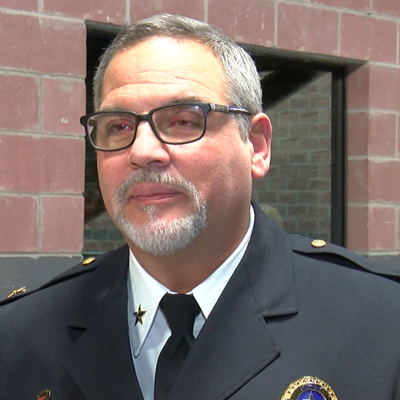
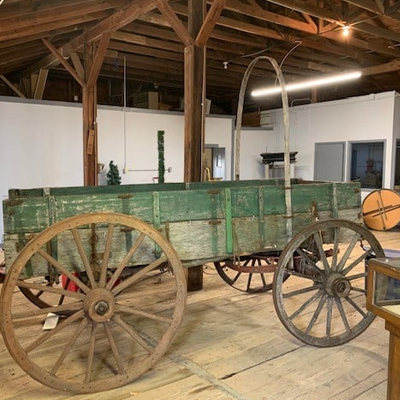
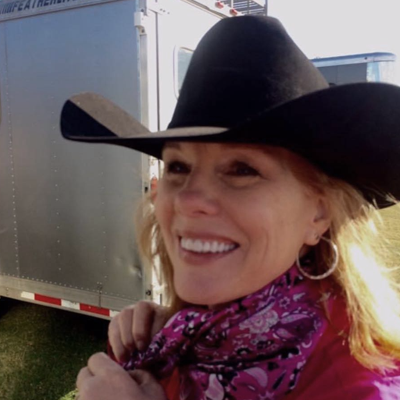
The Young County Museum of History and Culture [YCMHC] is one of 15 museums that make up the Regional Museum Alliance [RMA], based in Wichita Falls. The YCMHC does not officially have a home yet but does house many of the museum’s artifacts in the old Radford Wholesale Grocery and Warehouse in Graham, Texas.
Tony Widner, president of the Board for the YCMHC and Shannon Potts, Board treasurer gave a tour and interview about the new museum. Widner and Potts have been the key backers in getting the museum plans going and are the driving force in propelling the museum into a place to learn all things about Young County history.
According to Widner and Potts, the museum is currently housed in Radford Wholesale Grocery Store and is more than 100 years old. It has a rich history all its own. Widner says the railroad tracks ran directly behind the grocery store and offers deliveries of all the groceries and goods for the entire region. Grocers would come from all over to pick up their orders at the Radford Grocer. The location houses a great many artifacts and is under consideration to permanently house the museum. Currently, the place is only open to tour by special appointment.
Widner and Potts said the museum’s goal is to focus on Young County history and later add in local artists’ work. In addition, the duo says they want to shine a brief light on all the other museums in Young County to pique visitors’ interest and then send them to the museums located in other towns in the county to learn more in-depth about that town’s history.
Potts said, “We were told to start small, which is very wise. So, we’re starting small with the stories, and as we get the stories out, we’re hoping to get more to exhibit. We also want to tell how Young County got started and the industries in Young County, such as ranching, farming, oil and gas. There are so many stories to tell in those alone.”
The museum is a 501(c)(3) and is still in the planning and developing phase. The board hopes to have the main website up soon. The website will help build excitement for the museum to come and attract donors and volunteers.
Widner explained a little more about where the museum was at as far as planning and the focus of the museum.
“We still are working on our master plan. Right now, the strategic plan is getting everybody interested in the history part to make them want more and then with that. We’re also looking at putting together a mobile museum to take it all to Newcastle and other towns. Loving impacts this [Mobile Museum] with some of the people in loving, they’re wanting to give us some of their stuff from their community center because they’re going to be doing some changes there. We can take it around to all the places so that everybody in Young County will see what has happened here. You know I’ve been to Tombstone Deadwood Cheyenne. A lot of these western towns and have one story. They have one or two groups of people that they have told the story over and over.”
Young County has a rich history with many, many stories to tell, according to Widner. To learn more about the YCMHC, please visit their Facebook page at, Young County Museum of History and Culture.
Story by Will Sadler | Photojournalist
Published 9 September 2021
OlneyEnterprise.com
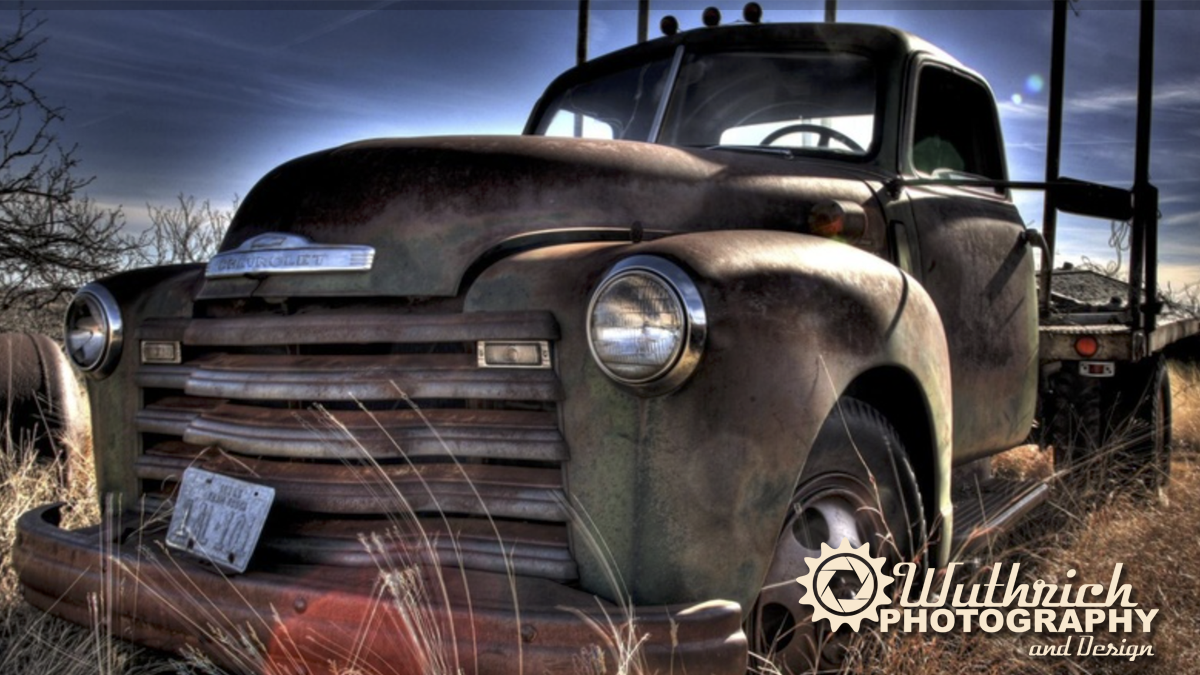
Young County is fortunate to have a world class photographer living “just down the road”! Meet Cheyenne Wuthrich — mother, wife and artist. She’s the driving force behind Wuthrich Photography & Design located in Graham. It is her talent displayed in (almost) all of the images of this website.
Cheyenne’s specialties include children and families, scenery, fine art for the home, advertising shoots, portraits and more. Visit her website to see more of Cheyenne’s work.
Young County was one of the most active locations of the Old West, and it was definitely considered the most dangerous prairie crossing in Texas. Take a look at this list of topics, just to get an idea of our wild history.
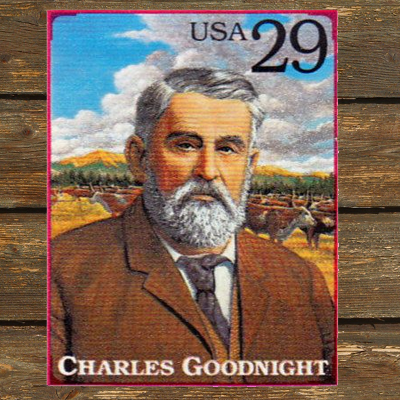
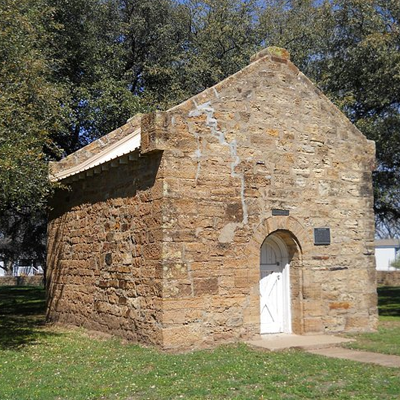
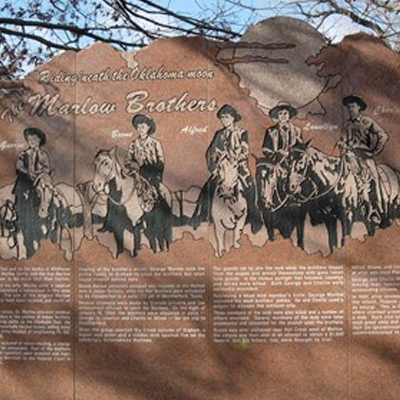
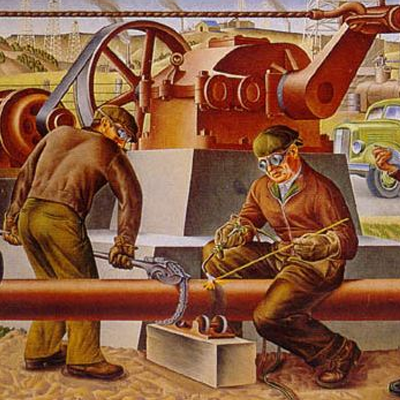
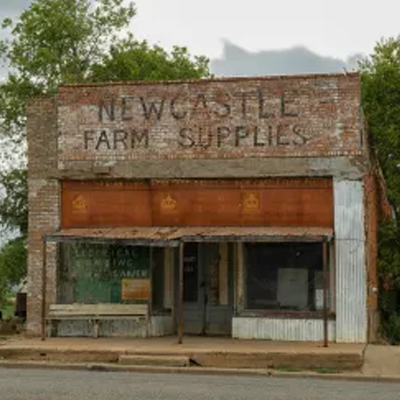
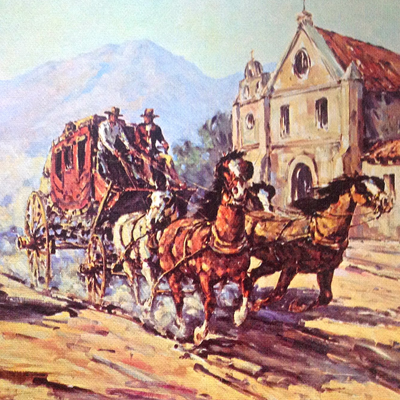
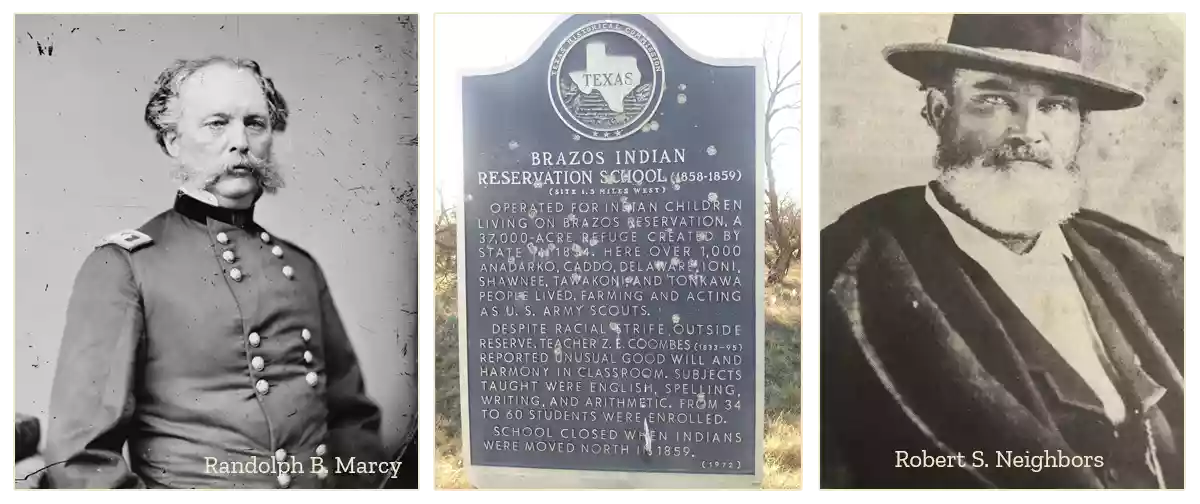
As reported by the Texas Historical Commission, on this the 26th day of April in 1854, the U.S. War Department ordered Randolph B. Marcy, in conjunction with Indian agent Robert S. Neighbors, to locate and survey land for Indian reservations in unsettled territory, preferably on timbered land of good soil adjacent to navigable water. Marcy was familiar with Texas, and this would be his fourth expedition on behalf of the government.
On the surveying trips General Marcy told the Indian chiefs that the government was going to supply them with land so that they might raise crops and live peacefully like the white man. This was a hard task to orient the Indians to, as most of the tribes were warrior cultures where hunting and war with other tribes established a man’s place within the tribe.
Eventually the diminishing tribes of the Anadarkoes, Caddoes, Wacoes, and Tonkawas agreed to the reservation plan, mainly as a refuge from the Comanches. The sites selected after consultation with the various Indian groups concerned were four leagues of land 17,712 on the Brazos River below Fort Belknap for the Anadarkoes, Caddoes, Wacoes, Indians, and another tract of the same size forty miles away on the Clear Fork of the Brazos for the use of the Comanches. A third tract of four leagues adjoined the one on the Brazos and was intended for the use of the Indians living west of the Pecos River, chiefly the Mescalero and Lipan Apaches. These western Indians, however, failed to come into the reservation, and this tract was added to the Brazos agency, making that reservation total eight leagues.
The reservation land was part of the vacant domain of Texas, which was given to the Federal Government, but Texas retained the right of jurisdiction over persons other than Indians for any offense committed by such person or property of anyone within the limit of the state. The federal government had jurisdiction over the Indians within the reservation and a further ten-mile boundary around the reservation to prevent the sale of alcohol to the tribes.
The Brazos River Indian Reservation Agency Building was located near Dry Creek, three miles west of the present sight of Graham. Two agents were appointed for the reservations, under the supervision of Major Robert Neighbors; Captains Shapley Ross and J.R. Baylor. After a year and a half, Baylor was replaced by Matthew Leeper. Baylor was indignant at being released and became a serious point of contention, stirring up racial trouble between the Indians and the settlers.
Almost all of the ranchers who settled into the area were familiar with the reservation Indians, who had proved to be successful farmers, raising cops to rival any farmers in the area. Between fifty and one hundred Indians were even listed in the Rangers service at that time, and though they were used for frontier protection, it raised the animosity of certain white settlers. The rancher’s cattle grazed all over the unfenced and unlimited country. The Indians and Agents made no protest, for grass was free and plentiful. To be fair, certain Indians also exploited their new neighbors, appearing at the door of a ranch stating “Me friend,– me no kill, –give me cow–. (From the book “A history of Young County Texas”, by Carrie Crouch).
But there was a class of white men, known as filibusters, who opposed any Indian presence in the area, and did not hesitate to kill an Indian off the reservation. One incident which caused the federal government to send more troops to Fort Belknap, and eventually led to the Indians being moved to Oklahoma was the murder of Choctaw om’s party in Palo Pinto County. Old Choctaw Tom was known to settlers in the area, even before the reservations. Choctaw Tom made friends with new people arriving to the area and often assisted them as nurses and servants.
In December 1858 Choctaw Tom, having received a permit from the Agent, took seventeen people into Palo Pinto County on a hunt. On the night of December 26, 1858 Tom’s party was attacked while asleep and eight were killed, found the next morning still under their blankets. Toms’ wife had been killed, his daughter shot in the hand, Tom was wounded.
This act put the Indians on the reservation in an uproar, and it took a great deal of diplomacy on the part of Colonel Ross to curb an Indian uprising. The government promised swift justice, but not one indictment was served, fueling tension even more.
On May 23, 1859, a large group of armed men were reported to be on the reservation and Captain Plummer of Fort Belknap was dispatched to ascertain their intentions. Upon locating the group, Plummer learned it was led by Captain Baylor, the ex-agent who stated that they were looking for certain Indians and that should US Troops interfere they would be fired on. Plummer returned to the Fort for reinforcements. During the interim, they discovered an elderly Indian that they promptly scalped, and learned that an elderly Indian Women was standing there when the evil deed occurred and they promptly killed her as well.
The outlaws under Baylor retreated to the Marlin Ranch and were still there when fifty braves from the reservation arrived bent on revenge. US Troops arrived on the scene soon after, but having no jurisdiction off the reservation, they sat and waited on the outcome. Chief John Polock Mark and Chief John Hatterbox, both elderly, challenged Baylor to single combat, but Baylor refused. A gun battle ensued, and Chief Hatterbox was killed almost immediately and two of Baylor’s party were killed before the Indians withdrew at sundown.
With the tension in the area set to explode, Major Neighbors put in for and executed an order for the removal of the Indians from the Brazos River Reservation. Both reservations reverted to the state when the Indians were removed to the Indian Territory in 1859.